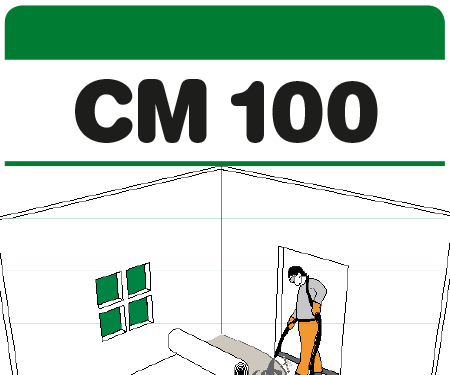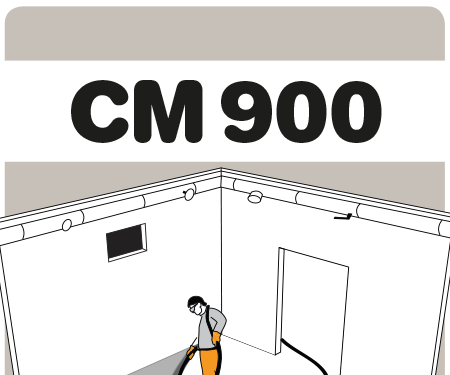-
How thick does the self-levelling compound need to be on a surface with underfloor heating?
helpThe self-levelling compound should cover the top of the cable by at least 5 mm. There should be at least 10 mm from the top of the cable to the top surface of the finished floor. A thicker layer of compound should be used when considering the heat diffusion in the material. Contact your floor heating supplier for more information.
close -
How do I know how much material I need?
helpFollow the instructions on the product data sheets. Approx. 1.7 kg/m²/mm.
close -
Can I use a primer that has frozen and thawed out again?
helpNo, frozen primer should not be reused.
close -
Can I mix the pumpable products by hand?
helpYes, that’s fine. When mixing by hand, a heavy-duty drill should be used with a whisk and barrel or bucket.
close -
Can I store sacks outdoors in cold weather?
helpYes, but the drying time and flow properties will be affected.
close -
Must the underfloor heating be turned off before I install the self-levelling compound?
helpYes
close -
What influences the drying time?
helpHeating, ventilation and the amount of water in the mix all affect the drying time. Follow the instructions on the product data sheets for more information.
close -
What is the difference between a normal-drying and a self-drying, self-levelling compound?
helpA normal-drying compound dries at the rate of 1 mm per day down to 85% RH and can only be covered when this value has been reached. A self-drying compound should be left open for the number of days shown in the respective product sheet so that excess water is given time to dry before the floor can be covered. After the floor is covered, the moisture in the compound continues to dry due to the elevated amount of the low alkaline bonding agent. In both cases, it is assumed that the temperature of the surfaces and surroundings as well as the humidity in the environment are in conformity with that stated in the product sheets.
close -
What does it mean that a product is CE marked?
helpThe CE marking is based on European standards for materials and is used to facilitate the sale of materials across borders. The CE marking provides a very simplified picture of a material’s properties. You could say that it reports on the “lowest common denominator”, the quantities that several countries agree are relevant to the material type.
close -
What does it mean that a product is P-marked?
helpThe P-mark indicates that the product complies with the law or regulatory requirements, but also in most cases other and higher requirements the market demands. It means that the product is type tested, that the manufacturer’s own checks are monitored by SP (RISE – Research Institutes of Sweden) and for some products, it also means that the installation/assembly is checked.
close -
What does it mean when a product is carpetable?
helpA self-levelling compound is carpetable when it has achieved sufficient surface strength and surface dryness so that moisture from the carpet adhesive or sealing coat can penetrate it and bond the carpet to the substrate. A distinction is made with regard to time, between normal-drying and self-drying compounds, as to when the products can be covered. These different periods and characteristics are reported for each product under technical data in the product sheets.
close -
What does it mean that a product is water damage stable?
helpIt means that it can withstand water absorption, for example, a basement floor or a concrete foundation. The product is also hydrostatically stable.
close -
What does it mean that a compound is fibre-reinforced?
helpIt means that the product contains fibres that have a reinforcing effect, suitable for a renovation object or floors with a weaker substrate, such as wood, and where there are glue residues, etc.
close -
Why is it important to prime the floor first?
helpA primer enhances the adhesion between the compound and the subfloor. It seals the surface so no blistering or so-called “pegholes” or craters develop in the surface. The primer also ensures that the self-levelling compound flows out correctly by preventing the subfloor from absorbing the water too fast from the compound.
close -
Which products can I use outdoors?
helpCM 760 can be used in a freshwater environment, you must ensure that there is no salt. CM 960 can be used where salt may occur, for example, in a parking garage, on loading bays, etc. None of the products are intended to constantly be under water as this imposes additional demands. Contact a sales representative if you have any other queries.
close













